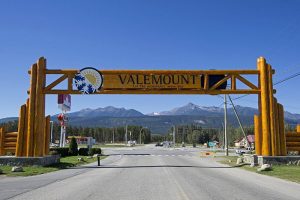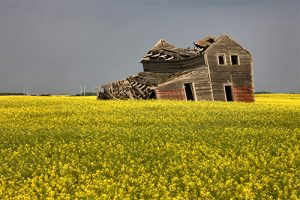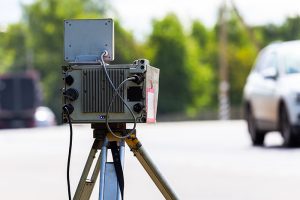Physician registrations are up, but are there more rural Alberta docs?
Brett McKay,
Local Journalism Initiative Reporter
Updated statistics from College of Physicians and Surgeons of Alberta (CPSA) show an increase in doctors registered in the province, but suggests rural Alberta is still struggling to attract physicians.
According to the CPSA report on physician resources, there were 492 more registered doctors in Alberta at the end of June compared to the same time last year. Just under 80 per cent of these new registrations were in the Edmonton and Calgary health regions.
“At a time when rural Albertans are experiencing difficulty in accessing physician care, I am especially pleased to see significant year-over-year growth in the number of practising physicians in rural Alberta. The Central Zone had the fastest growth, with an increase of 59 physicians from the same period last year, for a 7.5 per cent increase, followed by the South Zone, with an increase of 31 physicians, a 5.4 per cent increase,” Minister of Health Adriana LaGrange said in a statement.
The CPSA report shows most of the growth in central and southern Alberta occurred in major urban centres. Just two cities, Red Deer with 37 new registrations and Lethbridge with 27, account for 71 per cent of new registrants in these zones.
In the North Zone, there was a net decrease in the number of registered physicians outside of Grande Prairie and Fort McMurray.
Dr. Luanne Metz, MLA for Calgary-Varsity and the official opposition health critic, said the government’s use of registration numbers as a measure of the state of health care is misleading because it doesn’t reveal whether the physician is actually practising or what type of practice they have.
“It is very clear from the numbers that we’re not getting rural physicians out, settled, and practising in rural areas. And we see that both from the numbers that they presented and the massive closures all over the place of emergency departments,” Metz said.
“I think that it’s misleading, and along with (UCP) promises to do something that just keep telling us they are planning to roll things out but there are no details and no actual actions happening, this is a crisis.”
Metz said that to get a better picture of the level of care available throughout the province, the government could use physician billing data to report how many patients were seen for different types of service.
“And they should be able to report, historically and up to now, what the trends are in terms of actual care to people,” she said.
Andrea Smith, press secretary to the Minister of Health, said the government is working diligently to address health issues in rural Alberta to ensure Albertans are getting the care they need.
“This includes more rural medical training opportunities, an updated physician compensation model to encourage the best and brightest to practice in Alberta and expanded scope for nurse practitioners to be able to provide primary care with government compensation,” Smith said.
“The College of Physicians and Surgeons of Alberta has recently expanded its sponsorship policy to allow for communities to sponsor international medical graduates for the practice readiness assessment that they need to obtain a license here. This was previously only possible through AHS.”
Brett McKay,
Local Journalism Initiative Reporter
St. Albert Gazette


